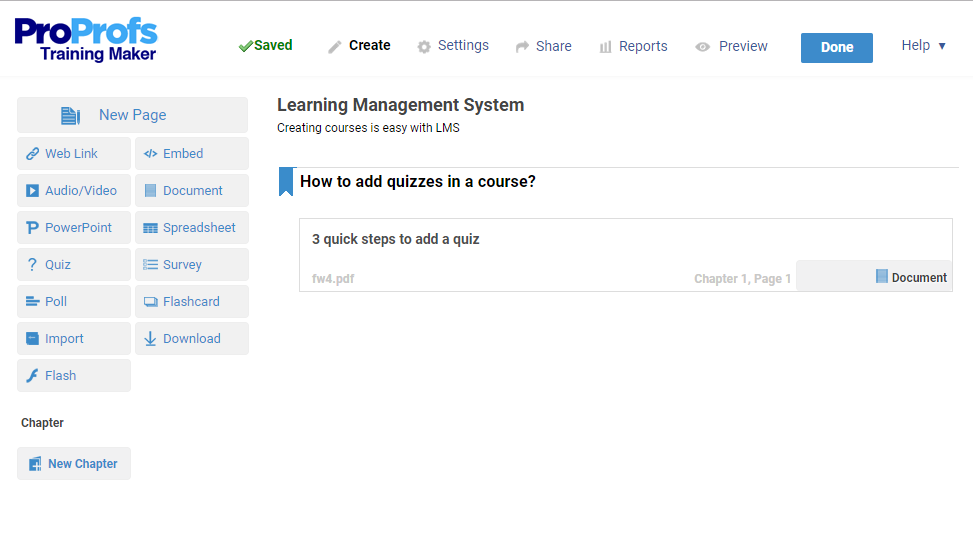Training programs exist to make sure your employees are well-equipped with the skills, knowledge, and procedural awareness necessary to fulfill their responsibilities as safely and productively as possible. Investing in a good training program helps you cut the costs of educating new hires and establishes a faster-integrated, higher-performing team.
However, the value of a training program can extend beyond the bottom line of employee orientation and eventual productivity; you also need to consider how your training program affects morale.

How Training Programs Boost Morale
If you want your training program to improve employee satisfaction, reduce turnover, and increase company loyalty (which can increase productivity even further than basic training operations), you should include these features in your program:
-
- Personalization.
Your employees aren’t all identical, so why should they all go through an identical training experience? One of the best ways to motivate a team is to give them unique personal experiences, especially during the training process. Build your program in a way that can skip over information that your employees may already know, or have them spend more time on areas they feel uncomfortable or unfamiliar with. Using of employee training software to grant this flexibility to employees helps you rebalance their strengths and weaknesses, and prevents them from feeling bored or overwhelmed. - Gamification and/or competition. Gamification is a rising trend across many applications, with a common goal: create game-like experiences for non-game areas, giving “players” rewards for their achievements, instituting “levels” of increasing difficulty, and introducing elements of competition to encourage more commitment and introduce more fun. One of the best ways to create a gamification environment is by adding quizzes in between or at the end of training courses. It can be anything from multiple choice to matching quiz. For a training program, this could include things like certifications, badges, game-like training exercises, or a department-wide competition in some niche skill.
- Personalization.
Watch This Video
- Simple UI.

If your training program is easy to use, your employees will be happier about using it. Using strong visual content, like images and videos, they’ll be able to process information faster, easier, and with more entertainment value. With a platform that’s intuitive to navigate, you won’t have to hold a training seminar on how to use the software. The simpler and more approachable this structure is, the more engaged your employees will be with the material. That means they’ll be able to absorb and retain more information, and they’ll walk away more satisfied with the results. - The development of marketable skills. Employees want to develop themselves. They want to be more valuable; this gives them a sense of confidence and pride in their work, but also gives them more opportunities for progression in the future, including raises, promotions, and possibly future careers. Though you want your employees to stick with your company for as long as possible, granting them those marketable skills is a counterintuitively reliable way to earn their loyalty. Make sure your training program includes some elements that help your employees get closer to achieving those long-term goals.
- Opportunities for mutual feedback. Mutual feedback is one of the most important features for you to build into your training program. Employees want feedback so they can learn and improve over time (not to mention gain more confidence in their position)—and this is especially true of millennials. According to a Gallup poll, only 19 percent of millennials receive the routine feedback they’d like, and would prefer to have more coaching and analysis of their work. On the flip side, giving your employees the chance to rate and assess the system they used for training makes them feel like their voices are heard, and gives you the chance to collect important information on how your program is performing. It’s the perfect opportunity to refine your approach even further.
Finding the Right Product

Custom-engineering a software-based training program that includes all of these features could be costly, so research some of the out-of-the-box options on the market, and how they could potentially fit this vision. Of course, you’ll need to spend time creating and refining the content necessary to make the training fit your business; but with a strong framework, it will be easier to build a system capable of improving not just employee productivity, but employee morale.




 We'd love your feedback!
We'd love your feedback! Thanks for your feedback!
Thanks for your feedback!







